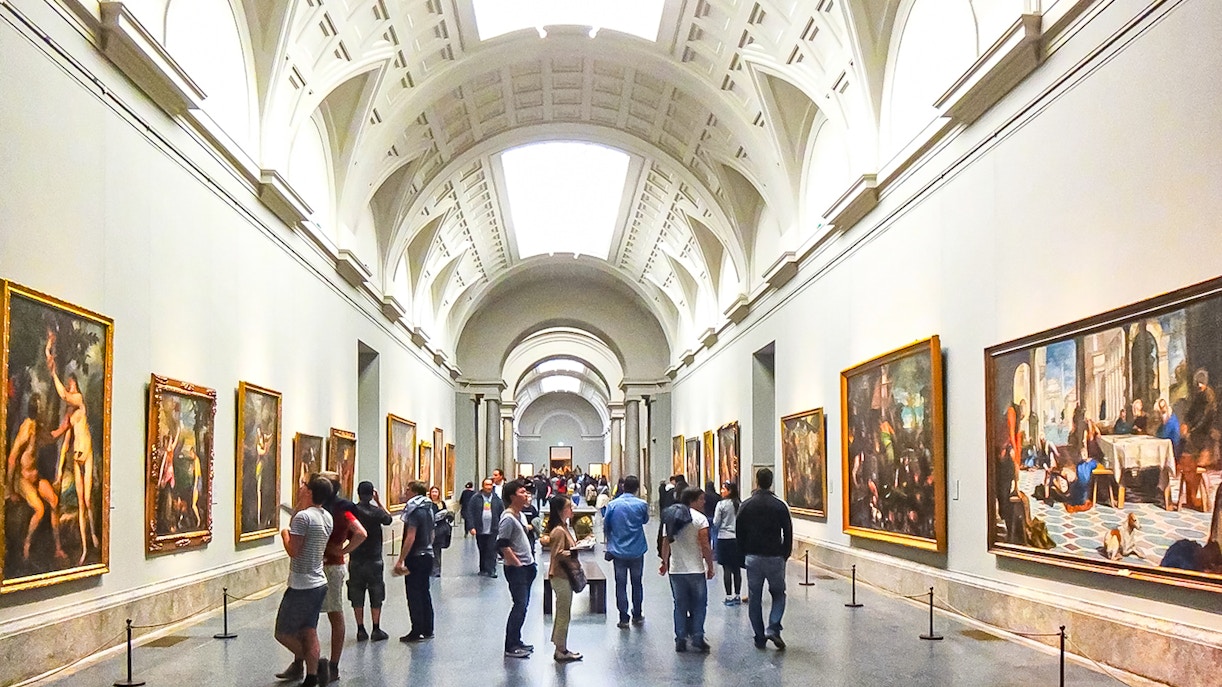Who was El Greco?
El Greco (born Doménikos Theotokópoulos, 1541–1614) was a visionary artist of the Spanish Renaissance whose style defied convention. Originally from Crete—then part of the Republic of Venice—he trained in Byzantine icon painting before moving to Venice and later Rome, where he absorbed the techniques of the Italian Renaissance. Eventually, El Greco settled in Toledo, Spain, where he developed a dramatic and spiritual style uniquely his own.
Characterized by elongated figures, vibrant color palettes, and a striking emotional intensity, El Greco’s works were often underappreciated in his time. It was later that his work was celebrated as a precursor to Expressionism and Cubism. Today, he is recognized as one of the most important and original painters of Western art, with several of his most stunning works found at the Prado Museum.
Book Prado Museum Tickets

